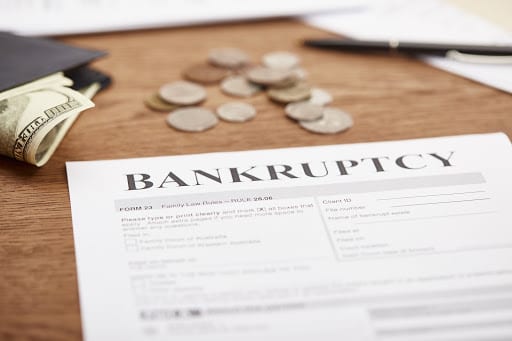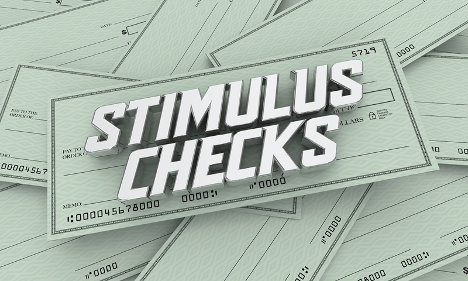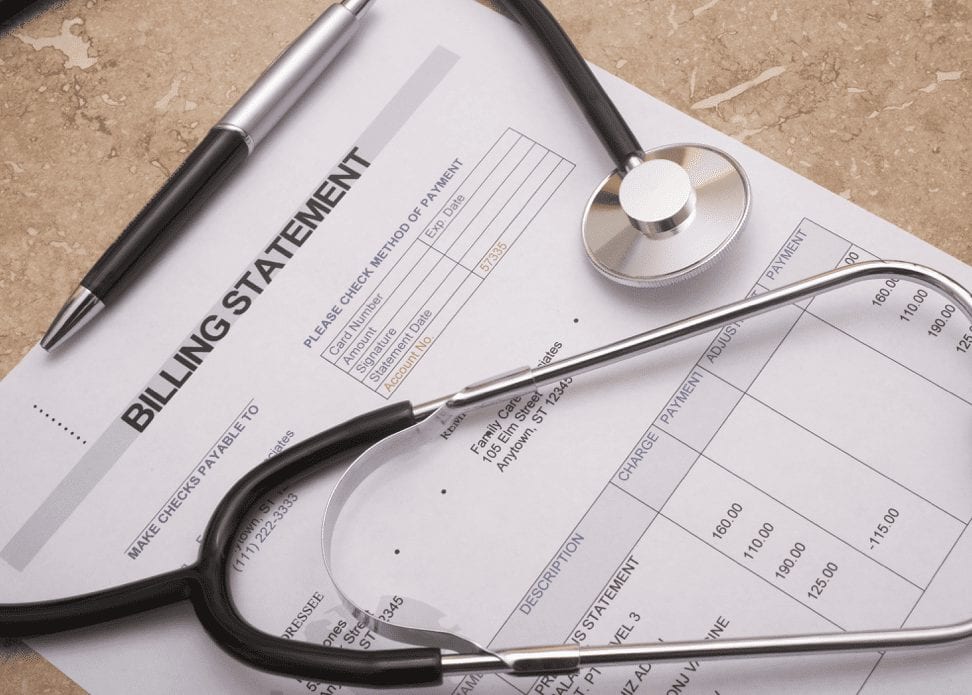Those that have never had a reason to consider bankruptcy as an option to combat mounting debt, most likely view it as a worst-case scenario. But if you are one of the thousands of Americans up to their necks in debt, bankruptcy is not only one of the last options, it can be a saving grace and a real opportunity to get back on track.
That being said, bankruptcies cost money, which may seem counterintuitive for those that are in financial ruin. Bankruptcy comes with filing fees and the cost of hiring a bankruptcy attorney, and that can fluctuate depending on the magnitude of your debt. So what happens if you need to file for bankruptcy, but you’re broke? Kind of a catch-22, right?
Let us examine all of the costs associated with bankruptcy, prioritize them, and then figure out if there is any space to save a buck in the process.
How Much Does It Cost to File for Bankruptcy?
Typically, there are two expenses associated with filing for bankruptcy. The first is the court filing fees and the second is securing a bankruptcy attorney to help you navigate the process. While both vary depending on which part of the country you’re in, let’s attempt to form an estimate.
- Bankruptcy Filing Fees: Chances are you have expelled every revenue stream and didn’t save a penny to put towards the cost of a bankruptcy. Filing fees differ from state to state, but not by much. For instance, in the state of California, filing for Chapter 7 bankruptcy costs $306. While filing for Chapter 13 comes in at $281, and that is for both a single person and/or a married couple. This all gets thrown to the wayside when you file for Chapter 9, 11, or 15. That can balloon to $1500 and goes up from there depending on the circumstances.
- Bankruptcy Attorney: This is where the numbers can get pretty uncertain, but let’s try to set some parameters. There are three factors that usually come into play: location, the amount you owe, and the complexity of your case. For Chapter 7 bankruptcies, a standard attorney’s fee could range anywhere from $1,300 – 2,200. That number can drastically change when you step outside the Chapter 7 realm.
The good news is that you may be able to negotiate a reasonable payment plan with your attorney. Most bankruptcy lawyers will work with clients if they feel that their efforts will be compensated in the near future. This all comes down to having the conversation though and is not a tactic that should be relied on.
Too Broke to File for Bankruptcy? Here Are Some Workarounds
- Use Free Consultations to Your Advantage – Free legal consultations are extremely valuable and symbiotic. This is to the benefit of the individual and the attorney. It affords the lawyer an opportunity to drum up new business, and the individual gets legal advice at no cost to them. This is an excellent time to strategize and get the lay of the land. A reputable bankruptcy attorney will be able to review your case during a consultation and better explain the risks and benefits to you. They will be able to explain in detail whether bankruptcy is right for you, which type of bankruptcy you need to file, the projected time frame of the case and how to pay for it. For a free consultation, you should contact the experienced bankruptcy lawyers at OakTree Law. They can help you navigate the complicated waters of bankruptcy and debt consolidation.
- Use Your Tax Refund – Normally, tax returns get put towards savings, retirement, home repairs or even a vacation, but if you’re staring down the barrel of bankruptcy, this may be an excellent time to reevaluate its purpose. It isn’t uncommon for bankruptcy attorneys to see an uptick in the number of bankruptcy cases come springtime. While no one should treat the federal government as a piggy bank, the money is rightfully yours. Using your tax return to relieve you of burdensome debt is money well spent.
- Stop Paying off Your Credit Cards – While this typically wouldn’t be sage advice, this is a strategy suggested by many financial experts and advisors. Once the decision has been made to file for bankruptcy, holding on to the money you would routinely be paying out to creditors may help you afford bankruptcy. Crazy how that works. In some circles, it is called, “let your creditors pay for your bankruptcy”. That isn’t entirely true and there is one way to look at it. Your unsecured loans (loans that don’t have collateral attached to them) will wind up getting paid out when you file for bankruptcy anyhow. Use any current influx of liquid cash to see you through the bankruptcy process so you can repay your debts and move on with your life.
Unfortunately, there isn’t a one size fits all answer when it comes to the cost of filing for bankruptcy. The same goes for attorney’s fees. That can be even less predictable. One thing to keep in mind, the most expensive attorney isn’t always the best. You should vet several attorneys before settling on one. It is your financial future, so do your due diligence.
Know your options! If you are in debt and need solutions, you should contact the professional bankruptcy lawyers at OakTree Law. We can help you navigate bankruptcy and debt settlement in the most financially advantageous way. Call today: 562.219.2979








